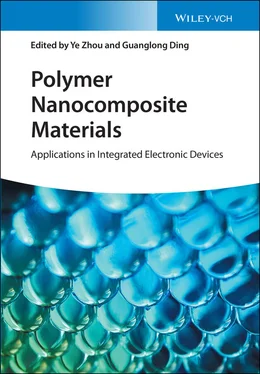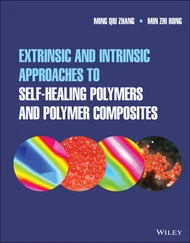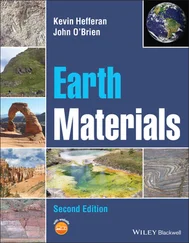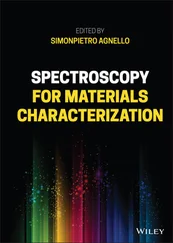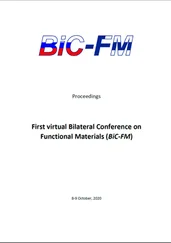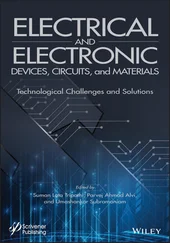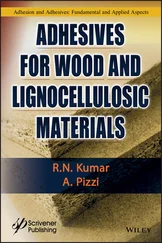In addition to dispersion, the concentration of conductive filler in polymer matrix is also an important factor affecting the preparation and performance of CPC. Although some methods have been used to decrease the percolation value, there are many limitations for each structure design of the CPCs. For instance, pressure and temperature should be delicately controlled for construction of the segregated structure. Furthermore, CPCs with a segregated structure usually exhibit inferior mechanical properties. Coating conductive nanofillers on the surface of polymer nanofibers or the skeleton of the polymer foams could avoid filler aggregation and increase the electrical conductivity, but how to achieve the good interfacial interaction between nanofillers and polymer scaffold and ensure the surface stability and durability is still challenging.
The flexibility, light weight, and controllable network structure endow the CPCs with potential applications in sensing including strain sensors, piezoresistive sensors, gas sensors, and temperature sensors. With the development of artificial intelligence (e.g. electronic skin and human–machine interface), skin adhesive and mechanically flexible CPCs with multi-functionality will become a new hotspot.
1 1 Zhang, Y., Pan, T., and Yang, Z. (2020). Flexible polyethylene terephthalate/polyaniline composite paper with bending durability and effective electromagnetic shielding performance. Chem. Eng. J. 389: 124433.
2 2 Lim, Y.W., Jin, J., and Bae, B.S. (2020). Optically transparent multiscale composite films for flexible and wearable electronics. Adv. Mater. 32: 1907143.
3 3 Chen, J., Yu, Q., Cui, X. et al. (2019). An overview of stretchable strain sensors from conductive polymer nanocomposites. J. Mater. Chem. C 7: 11710–11730.
4 4 Shirakawa, H. (2001). The discovery of polyacetylene film: the dawning of an era of conducting polymers (Nobel lecture). Angew. Chem. Int. Ed. 40: 2574–2580.
5 5 Tang, C., Chen, N., and Hu, X. (2017). Conducting polymer nanocomposites: recent developments and future prospects. In: Conducting Polymer Hybrids, 1–44. Springer International Publishing.
6 6 Erdem, E., Karakışla, M., and Sacak, M. (2004). The chemical synthesis of conductive polyaniline doped with dicarboxylic acids. Eur. Polym. J. 40: 785–791.
7 7 Han, M.G. and Im, S.S. (2001). Dielectric spectroscopy of conductive polyaniline salt films. J. Appl. Polym. Sci. 82: 2760–2769.
8 8 Kim, B.R., Lee, H.-K., Park, S., and Kim, H.-K. (2011). Electromagnetic interference shielding characteristics and shielding effectiveness of polyaniline-coated films. Thin Solid Films 519: 3492–3496.
9 9 An, K.H., Jeong, S.Y., Hwang, H.R., and Lee, Y.H. (2004). Enhanced sensitivity of a gas sensor incorporating single-walled carbon nanotube–polypyrrole nanocomposites. Adv. Mater. 16: 1005–1009.
10 10 Molapo, K.M., Ndangili, P.M., Ajayi, R.F. et al. (2012). Electronics of conjugated polymers (I): polyaniline. Int. J. Electrochem. Sci.7: 11859–11875.
11 11 Chiu, H.-T., Chiang, T.-Y., Chang, C.-Y., and Kuo, M.-T. (2011). Carbon black/polypyrrole/nitrile rubber conducting composites: synergistic properties and compounding conductivity effect. E-Polymers 11: 037.
12 12 Choi, S., Han, S.I., Kim, D. et al. (2019). High-performance stretchable conductive nanocomposites: materials, processes, and device applications. Chem. Soc. Rev. 48: 1566–1595.
13 13 Chen, J., Cui, X., Sui, K. et al. (2017). Balance the electrical properties and mechanical properties of carbon black filled immiscible polymer blends with a double percolation structure. Compos. Sci. Technol. 140: 99–105.
14 14 Tung, T.T., Karunagaran, R., Tran, D.N. et al. (2016). Engineering of graphene/epoxy nanocomposites with improved distribution of graphene nanosheets for advanced piezo-resistive mechanical sensing. J. Mater. Chem. C 4: 3422–3430.
15 15 Pang, H., Xu, L., Yan, D.-X., and Li, Z.-M. (2014). Conductive polymer composites with segregated structures. Prog. Polym. Sci. 39: 1908–1933.
16 16 Jeon, K.S., Nirmala, R., Navamathavan, R., and Kim, H.Y. (2013). Mechanical behavior of electrospun nylon66 fibers reinforced with pristine and treated multi-walled carbon nanotube fillers. Ceram. Int. 39: 8199–8206.
17 17 Chen, G.-X., Li, Y., and Shimizu, H. (2007). Ultrahigh-shear processing for the preparation of polymer/carbon nanotube composites. Carbon 45: 2334–2340.
18 18 Ren, F., Zhu, G., Ren, P. et al. (2014). In situ polymerization of graphene oxide and cyanate ester–epoxy with enhanced mechanical and thermal properties. Appl. Surf. Sci. 316: 549–557.
19 19 Wang, L.T., Chen, Q., Hong, R.Y., and Kumar, M.R. (2015). Preparation of oleic acid modified multi-walled carbon nanotubes for polystyrene matrix and enhanced properties by solution blending. J. Mater. Sci. - Mater. Electron. 26: 8667–8675.
20 20 Mazinani, S., Ajji, A., and Dubois, C. (2009). Morphology, structure and properties of conductive PS/CNT nanocomposite electrospun mat. Polymer 50: 3329–3342.
21 21 Balogun, Y.A. and Buchanan, R.C. (2010). Enhanced percolative properties from partial solubility dispersion of filler phase in conducting polymer composites (CPCs). Compos. Sci. Technol. 70: 892–900.
22 22 Dubson, M.A. and Garland, J.C. (1985). Measurement of the conductivity exponent in two-dimensional percolating networks: square lattice versus random-void continuum. Phys. Rev. B 32: 7621–7623.
23 23 Du, J., Zhao, L., Zeng, Y. et al. (2011). Comparison of electrical properties between multi-walled carbon nanotube and graphene nanosheet/high density polyethylene composites with a segregated network structure. Carbon 49: 1094–1100.
24 24 Sumfleth, J., Buschhorn, S.T., and Schulte, K. (2011). Comparison of rheological and electrical percolation phenomena in carbon black and carbon nanotube filled epoxy polymers. J. Mater. Sci. 46: 659–669.
25 25 Kuilla, T., Bhadra, S., Yao, D. et al. (2010). Recent advances in graphene based polymer composites. Prog. Polym. Sci. 35: 1350–1375.
26 26 Ameli, A., Kazemi, Y., Wang, S. et al. (2017). Process-microstructure-electrical conductivity relationships in injection-molded polypropylene/carbon nanotube nanocomposite foams. Compos. Part A: Appl. Sci. Manuf. 96: 28–36.
27 27 Deng, H., Zhang, R., Bilotti, E. et al. (2009). Conductive polymer tape containing highly oriented carbon nanofillers. J. Appl. Polym. Sci. 113: 742–751.
28 28 Zhao, P., Luo, Y., Yang, J. et al. (2014). Electrically conductive graphene-filled polymer composites with well organized three-dimensional microstructure. Mater. Lett. 121: 74–77.
29 29 Pang, H., Yan, D.-X., Bao, Y. et al. (2012). Super-tough conducting carbon nanotube/ultrahigh-molecular-weight polyethylene composites with segregated and double-percolated structure. J. Mater. Chem. 22: 23568–23575.
30 30 Deng, H., Lin, L., Ji, M. et al. (2014). Progress on the morphological control of conductive network in conductive polymer composites and the use as electroactive multifunctional materials. Prog. Polym. Sci. 39: 627–655.
31 31 Nakayama, Y., Takeda, E., Shigeishi, T. et al. (2011). Melt-mixing by novel pitched-tip kneading disks in a co-rotating twin-screw extruder. Chem. Eng. Sci. 66: 103–110.
32 32 Deng, L., Xu, C., Ding, S. et al. (2019). Processing a supertoughened polylactide ternary blend with high heat deflection temperature by melt blending with a high screw rotation speed. Ind. Eng. Chem. Res. 58: 10618–10628.
33 33 Wu, H.-Y., Zhang, Y.-P., Jia, L.-C. et al. (2018). Injection molded segregated carbon nanotube/polypropylene composite for efficient electromagnetic interference shielding. Ind. Eng. Chem. Res. 57: 12378–12385.
34 34 Qu, Y., Dai, K., Zhao, J. et al. (2014). The strain-sensing behaviors of carbon black/polypropylene and carbon nanotubes/polypropylene conductive composites prepared by the vacuum-assisted hot compression. Colloid. Polym. Sci. 292: 945–951.
Читать дальше
